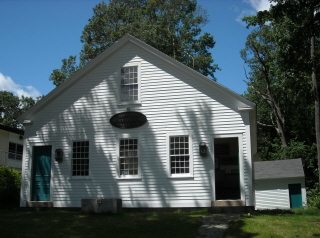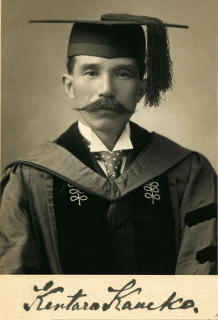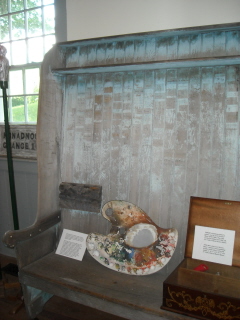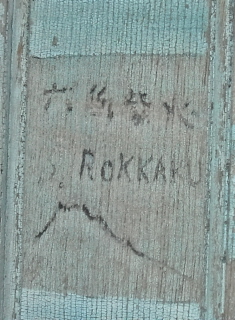- Home
- JOIN
- History
- Maps
- Treaty Forums
- Purpose of the Peace Treaty Forums
- Forum I Jun 1994
- Forum II Oct 1994
- Forum III Sep 1995
- Forum IV Mar 2000
- Forum V Dec 2006 TR Nobel 100th
- Forum VI Dec 2007 with Dennis Ross
- Forum VII Dec 2008 with Samantha Power
- Forum VIII Dec 2009 Obama's Nobel
- Forum IX Nov 2016 Russia-Japan
- Forum X Nov 2019 Jake Sullivan
- Forum XI Sep 2020 Joseph S. Nye Jr.
- Citizen Diplomacy
- Connections
- Spiritual Aspects
- 2005 100th Anniversary
- 2006 Nobel Prize 100th
- 2007 Commemorations
- 2008 Commemorations
- 2009 Commemorations
- 2010 Portsmouth Peace Treaty Day
- 2011 Order of the Rising Sun
- 2012 100 Years of Cherry Trees
- 2013 Historic Marker Dedicated
- 2014 Sister City Celebrations
- 2015 110th Anniversary
- 2016 Commemorations
- William Chandler & Concord, NH
- Kentaro Kaneko & Dublin, NH
- Asakawa, Dartmouth & Hanover NH
- Carey Family & Creek Farm
- Henry Denison & Lancaster, NH
- John Hay & Newbury, NH
- Japanese Visit Manchester, NH
- Wentworth & New Castle, NH
- Portsmouth: Temple Israel, Rev. Clark
- Sarah Farmer & Eliot, Maine
- Adm. Mead & Kittery, Maine
- Elizabeth Perkins & York, Maine
- Educational Resources
- Living Memorial Project
- Contact Us
- 1713 Treaty

Dublin,
Theodore Roosevelt’s Nobel Peace Prize
 Dublin Historical Society Museum
Dublin Historical Society Museum
On August 22, 2008, Charles Doleac presented his NH Humanities Council-sponsored lecture, "Teddy Roosevelt's Nobel Peace Prize & New Hampshire" in Dublin, New Hampshire at the annual meeting of the Dublin Historical Society. Guests of Ambassador & Mrs. Joseph Petrone at their home, "Knollwood" (home of Treasury Secretary Frank MacVeigh during the Taft administration), the Society met in the ballroom where, while visiting, Taft once greeted every resident in the town -- all 500 townspeople.
Dublin,
In January 1901 before the Smiths left for a lengthy visit to 
A rare image of Kitaro Kaneko from his Harvard graduation. (CB Doleac Collection)
After the Smiths returned from
In the summer of 1905, Baron Kaneko acted as diplomatic emissary between Roosevelt at Oyster Bay and the Japanese negotiators in 

The Lindon-Smith's "guestbook" The signature Baron Kaneko added to the bench.
© Copyright 2005 Japan-America Society of New Hampshire
NH Web Design | Content Management | Web Hosting